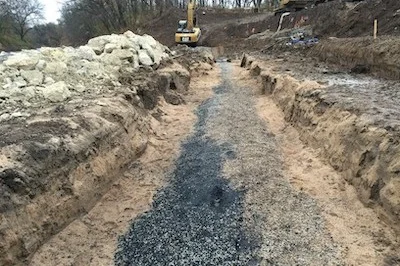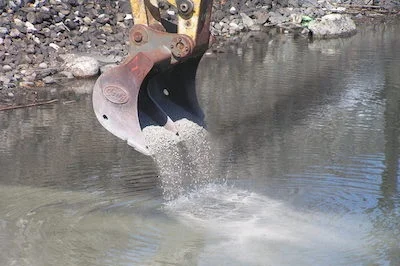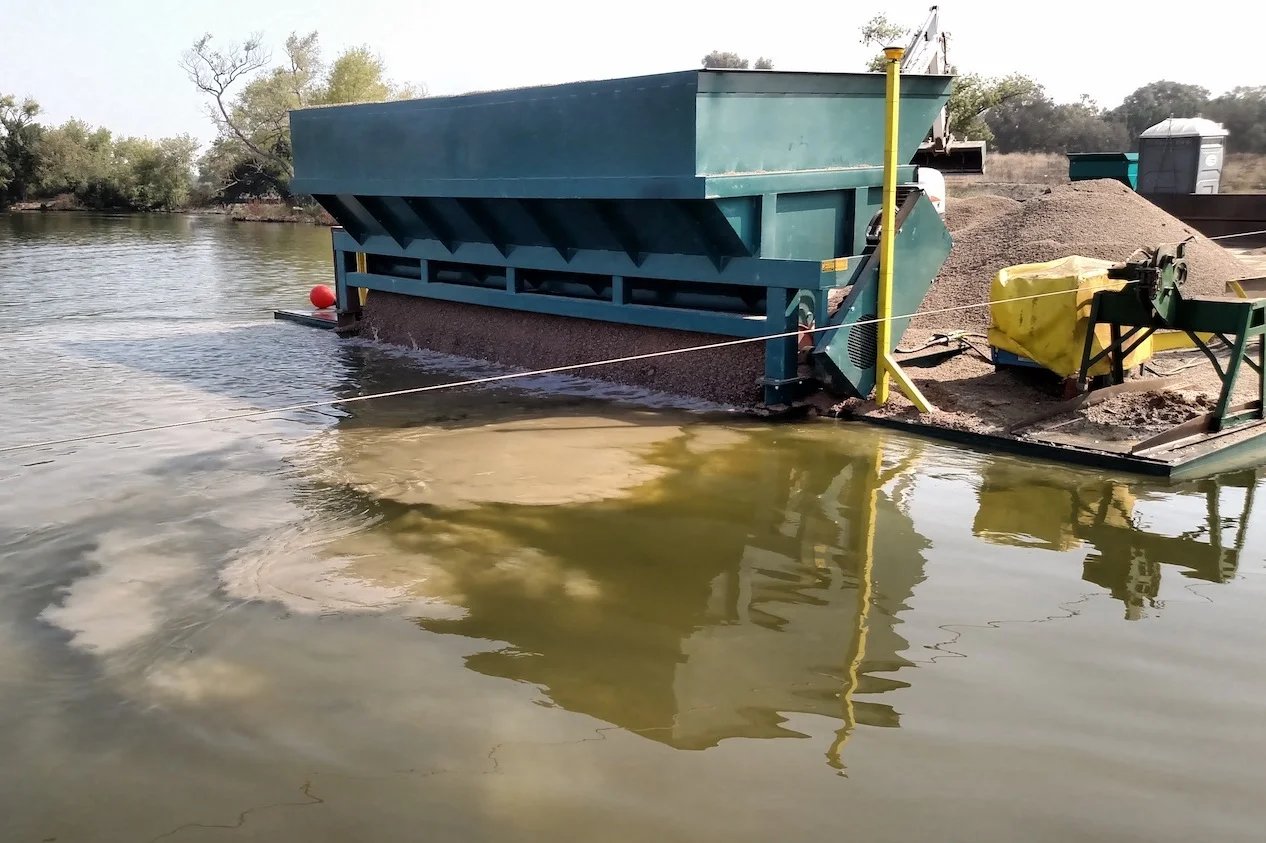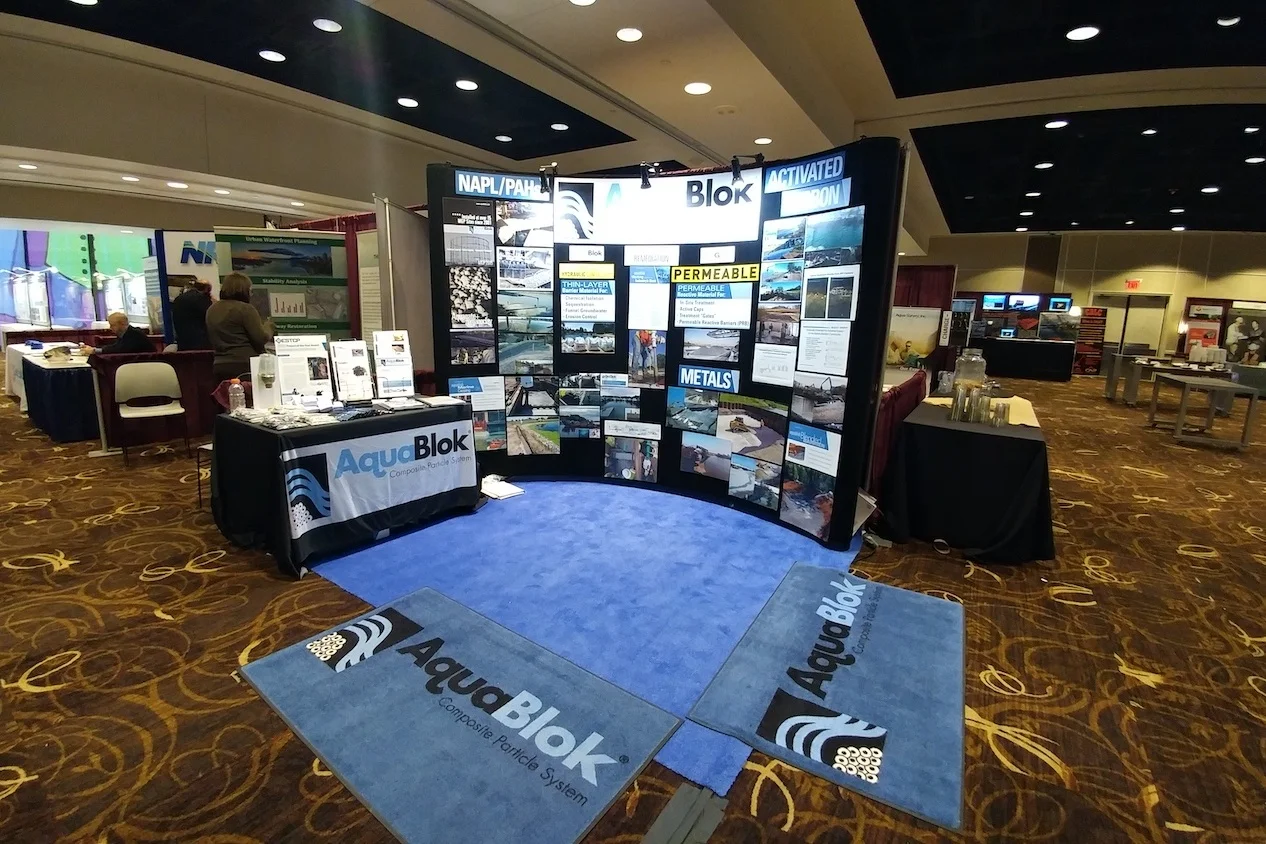US-based AquaBlok, Ltd. and North Wollongong, Australia-based Affective Group have combined resources to form the materials manufacturing entity.
Read MoreThree projects using AquaGate materials in PRBs have been completed in the last three years.
Read MoreTechnologies to be Combined to Provide Cost-Effective Remediation Solutions to Address PFAS Contamination in Soil, Sediment, and Groundwater.
Read MoreRecent projects utilizing AquaBlok’s adsorptive or reactive treatment materials have shown a reduction in both cost and contaminant concentrations.
Read MoreSediment Solutions and AquaBlok announce cooperation to provide viable remedies using activated carbon to address PCBs, dioxins, pesticides, PAHs, and other hydrophobic chemicals.
Read MoreAquaBlok, Ltd. is excited to announce the application of their materials in the Machado Lake Ecosystem Rehabilitation Project, acknowledged as one of Engineering News-Record (ENR) California’s Best Projects of 2018. The manufacturing company’s namesake, bentonite-based sealing material was used to sequester contaminated sediment at the historic Los Angeles lake.
Read MoreNEW ORLEANS, LA (PRWEB) JANUARY 23, 2017 AquaBlok, Ltd. is proud to report that another successful Battelle Sediments Conference was held last week in New Orleans, LA. In addition to being a sponsor and exhibitor, the company authored and co-authored four platform and poster presentations, and its materials were featured in 18 others.
Read MoreAquaBlok, Ltd. is excited to announce the successful application of their AquaGate+PAC material for contaminated sediment remediation in the 2016 Project of the Year, awarded by the Department of Defense, Environmental Security Technology Certification Program (ESTCP). This award recognizes projects that demonstrate scientific advances and [. . .]
Read MoreSWANTON, OHIO (PRWEB) MARCH 14, 2016 AquaBlok, Ltd. will present and exhibit at the 26th Annual International Conference on Soil, Water, Energy, and Air, a highly successful and internationally known gathering of a variety of professionals in the environmental science community, in San Diego from March 21-24. COO and General Manager John Collins will be [. . .]
Read MoreSWANTON, OHIO (PRWEB) DECEMBER 22, 2015 AquaBlok, Ltd. is pleased to announce it has relocated and expanded to a new headquarters and lab facility located in Swanton, Ohio - just west of Toledo, Ohio off the Ohio Turnpike at Exit 52 (Airport Highway). The new headquarters mailing address and phone number is: AquaBlok, Ltd. 175 Woodland Ave. Swanton, OH
Read MoreAquaBlok is providing key sediment remediation materials for the Machado Lake Ecosystem Rehabilitation Project in Harbor City, CA
Read MoreConstructed in 2000, the suburban retail complex adjacent to the basin now features more than a 75% coefficient of runoff – that is, the percentage of precipitation that appears as runoff. Quite simply, more blacktop and rooftop means more surface water to manage. And with this transition in land use, a basin built in a different time (circa 1950) is [. . .]
Read More











